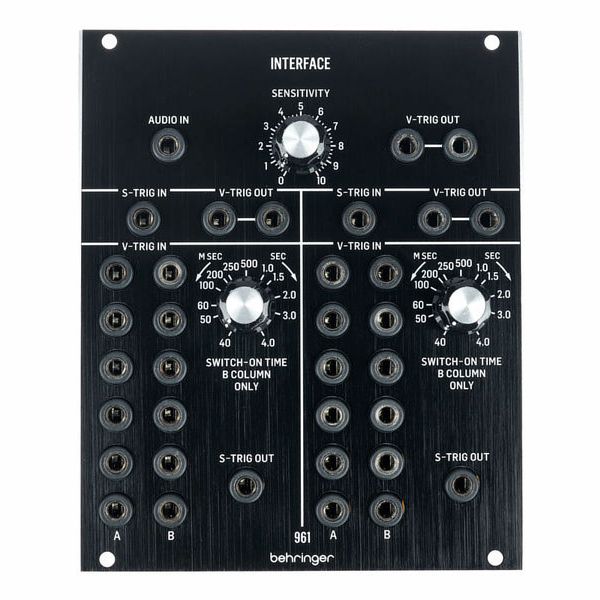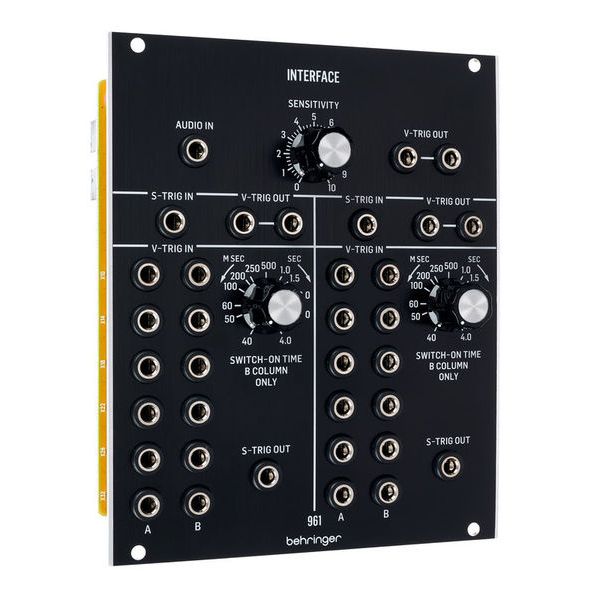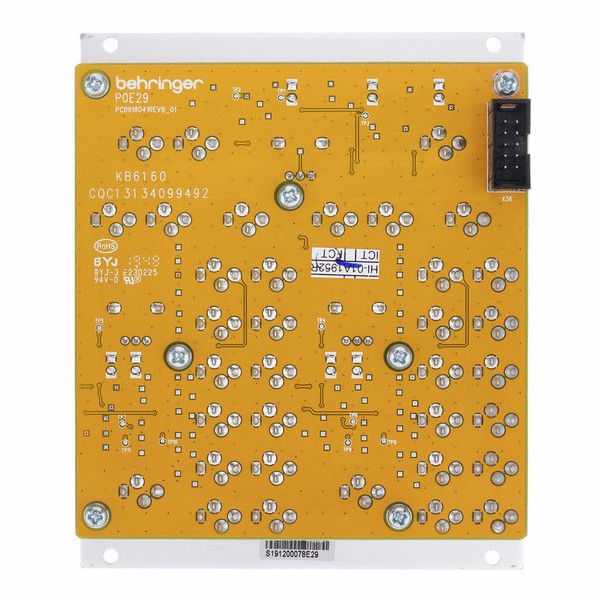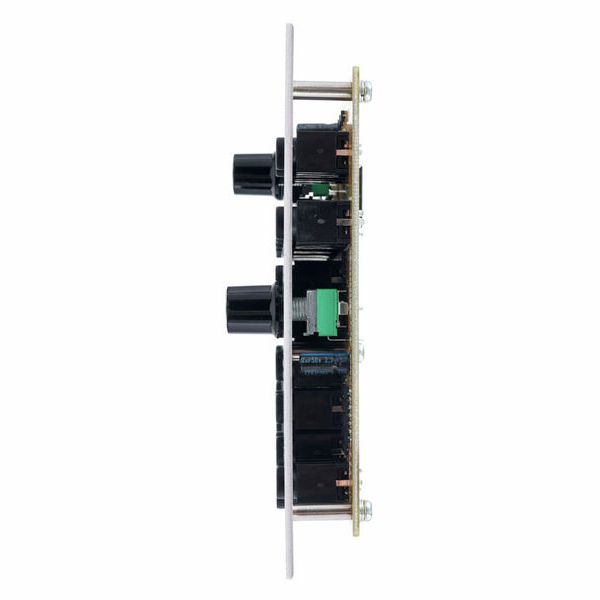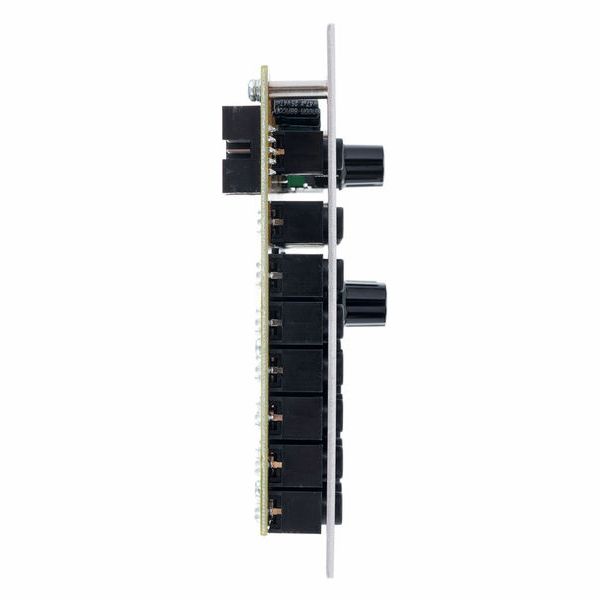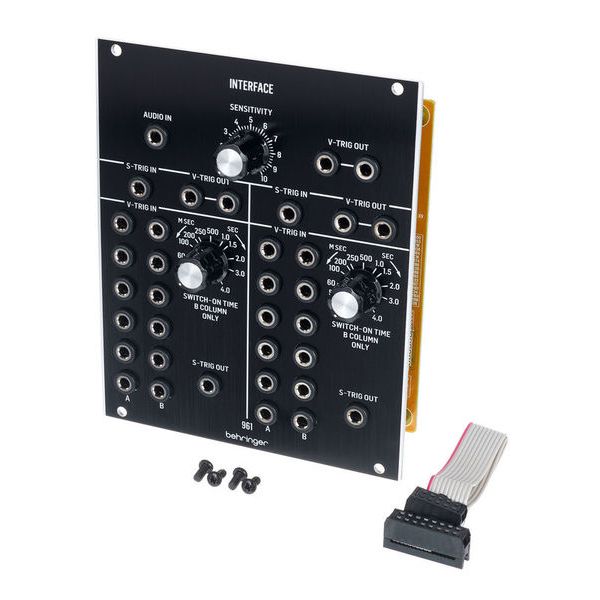Almost required when working with Behringer 911 Eurorack envelope modules. I use a Polyend Poly 2 to convert midi control (from DAW or keyboard) to v-triggers and cv’s. The 961 transforms the v-triggers to s-triggers to drive my 911 envelope modules are used various ways.
The A inputs function well and I’m not yet sure why 6 per channel are ever needed. The B inputs are more of a wired-or for multiple triggers and use a monostable one-shot to time the pulse width. Very well built. I need a 2nd 961 for synth voices 3 and 4. Good price.
For more information, I suggest looking at the websites of guys who have done moog restorations since Behringer has been faithful to the operational details.
Bonus tip... I'm a newbie for Eurorack form-factor and I've been bugged that this module is 21HP and there is only one other 21HP module, the CP35A. "21" is an odd number and I thought I'd need to install two odd number units to fill out my new-fangled Behringer Go Case, which is two rows of 140HP...or so they say. Actually, when I got all my modules installed I discovered that due to the cumulative slack in the Behringer System 55 HP, I had one more "HP" unit to go in my Go Case. So, if you're using Behringer modules in your Behringer Go Case... you can plan on at least one more HP unit... or two rows of 141 HP. If you don't you'll have a quarter inch gap in your panels assuming you move them all tight together, which may or may not be a great idea. But... just saying. When you plan your behringer system using behringer modules over at modulargrid.net, enter a rack of 2 rows of 141HP, not 140HP. That makes planning a rack with these odd number of HP units (21HP) not an issue and at least with Behringer modules in a Behringer Go Case, you probably can avoid the 1HP gap of cumulative slack by planning for 141HP per row.




